When customers experience motor overheating and unexpectedly shortened battery lifespan, they often turn to their warranty coverage for relief. However, many B2B partners find that without clear policy language and robust product design, warranty claims become a source of friction rather than trust. In this post, we’ll explore six key considerations to ensure your warranties align with product realities.
First, it’s essential to understand why an electric toothbrush motor overheats:
By diagnosing these failure modes, you can determine whether an overheating incident stems from user misuse, design gaps, or component defects—and thus whether it should be covered under warranty.
Next, consider how motor overheating affects end users:
A clear warranty policy that addresses these pain points can transform complaints into loyalty-building service moments.Company web:https://www.powsmart.com/product/electric-toothbrush/
Many standard warranties exclude “damage from improper use,” but overheating often straddles that line. Best practices include:
Transparent, tiered coverage builds channel trust and sets clear expectations.
.jpg)
To minimize warranty exposure, integrate durability into your design:
These measures both reduce real-world overheating and demonstrate to partners that you proactively manage warranty risk.
Even the best policy fails if it isn’t clearly conveyed:
Empowered partners become advocates for your brand, not gatekeepers.
Finally, a warranty program should be dynamic:
By closing the loop between design, service, and policy, you’ll continuously improve both product durability and channel satisfaction.
Conclusion
Motor overheating and reduced battery lifespan need not become a warranty nightmare. By diagnosing overheating causes, crafting clear warranty coverage, integrating robust thermal design, and empowering your B2B partners with straightforward processes—and by continually refining both products and policies—you can turn potential complaints into proof points of your commitment to quality and support. Contact us to learn how we can help you build a best-in-class warranty program that safeguards both your products and your reputation.
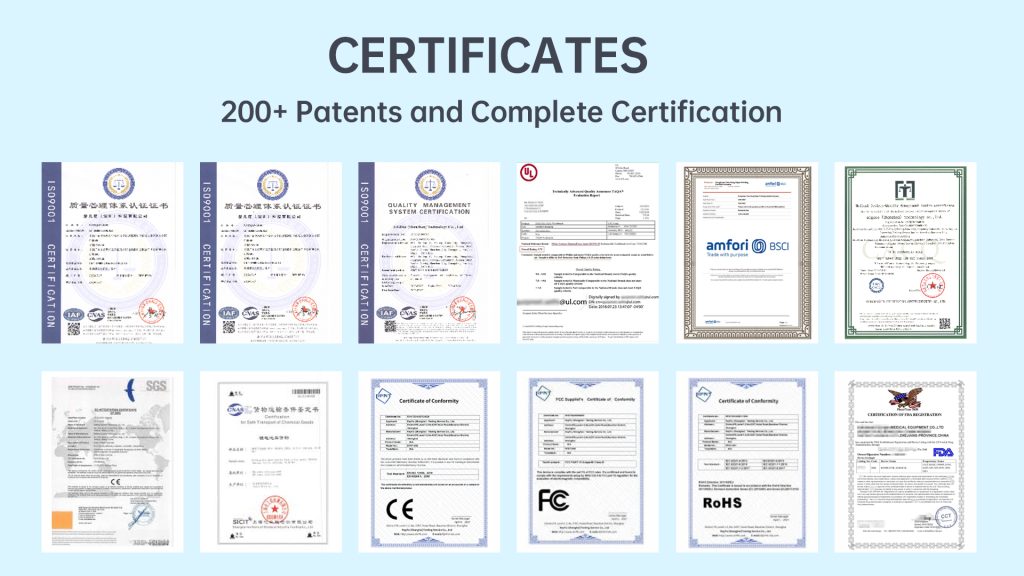

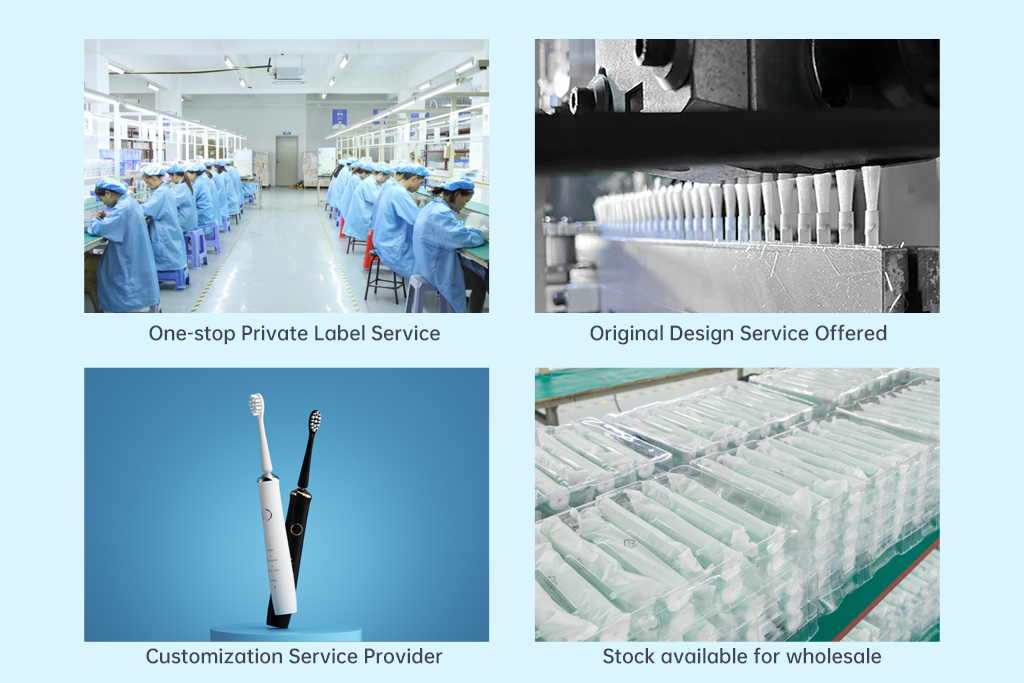

Why Should You Cover Your Toothbrush in the Bathroom? Hygiene Insights from Manufacturers

Ultrasonic electric toothbrush
.jpg)
How the Quadpacer Timer helps you achieve balanced cleaning
Sonic Toothbrush Factory for Brands

What is the Average Lifespan of an Electric Toothbrush? Manufacturer’s Insight
Dental Clinic Toothbrush Bulk Supply | Reliable Oral Care Distributor
Does Teeth Whitener Cold Light Radiation Accelerate Enamel Demineralization? Lab Results Revealed!
.jpg)
In-depth Analysis of the Logo Craftsmanship of Water Flossers
Demineralization Zones with Jaw Fatigue – Silent Threat?
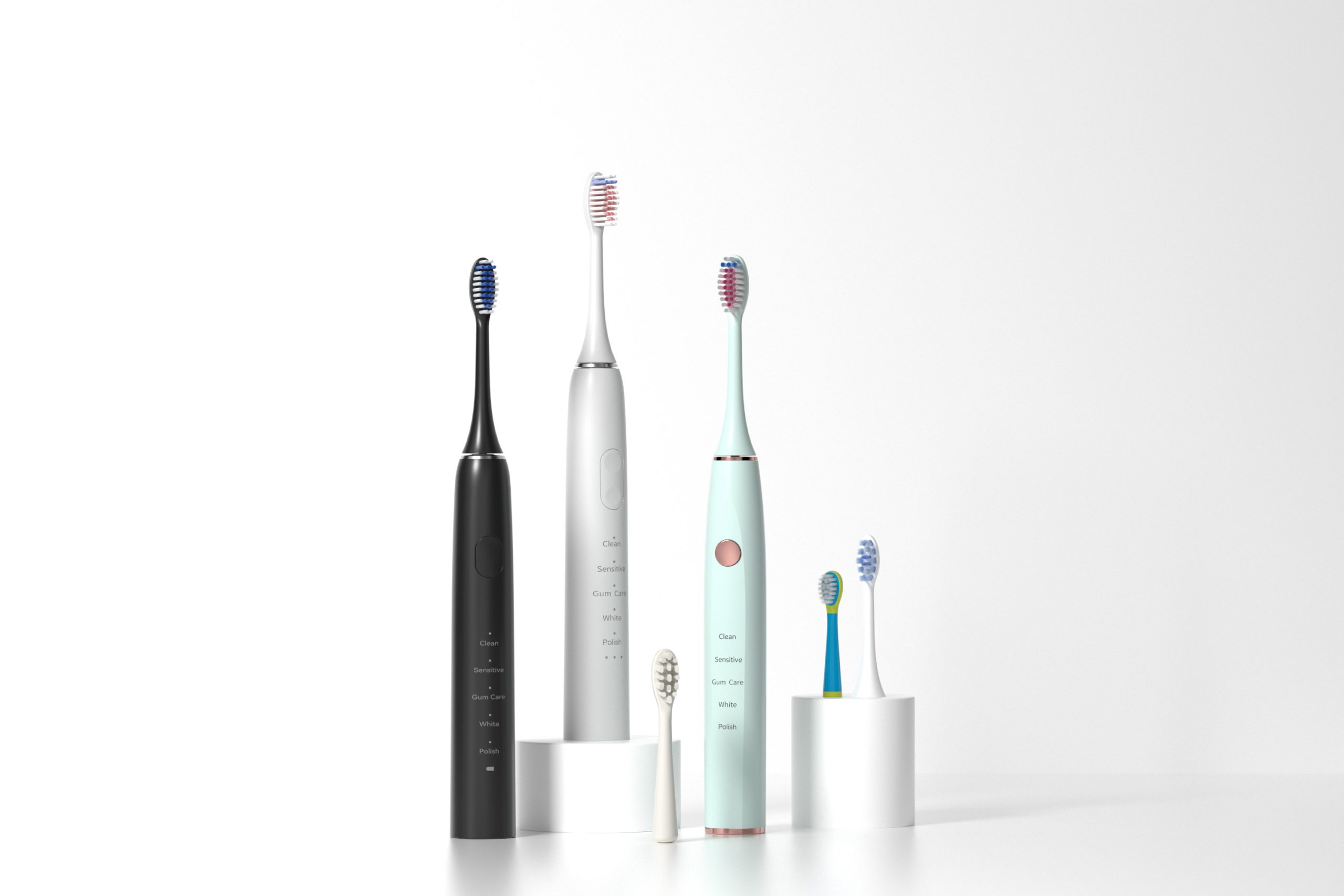
Oral care beauty trend :How Oral Care Became Beauty’s Sexiest New Category
Electric Toothbrush for IT Employees | Tech-Friendly Oral Care
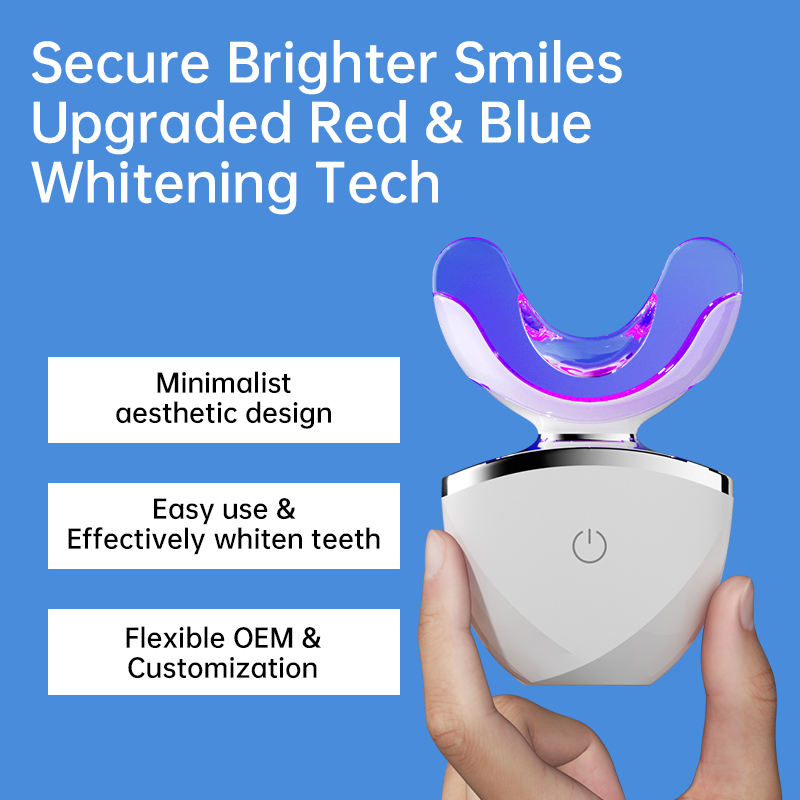
Red vs Blue Light Teeth Whitening: Choosing the Right OEM Technology for Your Brand
.jpg)
Why Should a Portable Travel Toothbrush Supplier Partner with a Toothbrush Subscription Box Partner?
Can Electric Toothbrush Vibration Malfunction Cause Gum Recession? Shocking Truth!
.jpg)
sonic electric toothbrush Birmingham
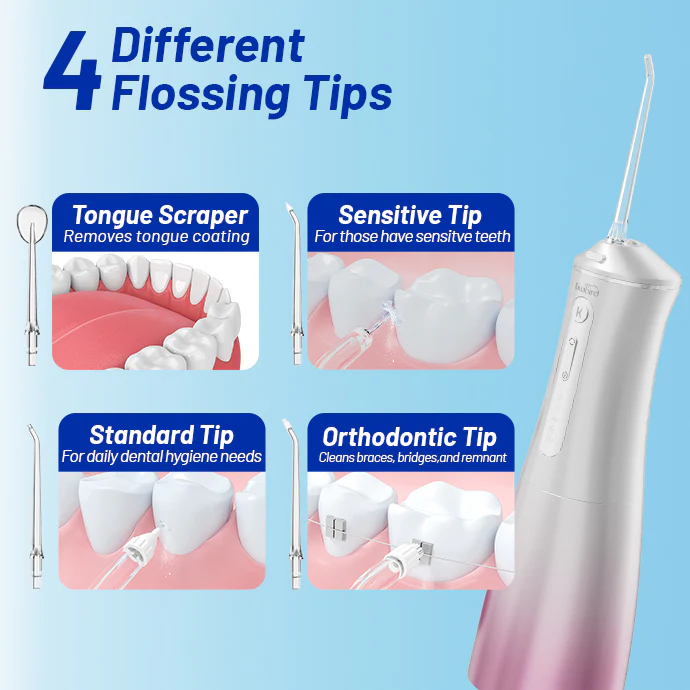
How Does Bulk Toothbrush Heads Wholesale Benefit from Innovative Electric Toothbrush Mold Design?

electric toothbrush heads Charcoal Infuse-Round

electric toothbrush heads Regular Clean

Private Label Whitening Gel

Electric toothbrush heads Charcoal Infused-Diamond

electric toothbrush heads Ultra Soft

electric toothbrush heads Deep Clean
.jpg)
Florida Electric Toothbrush – Powsmart PTR-C8

Customization Teeth Whitening Gel
whstapp
whstapp
National Toll-Free Service Hotline
+86 755 86238638